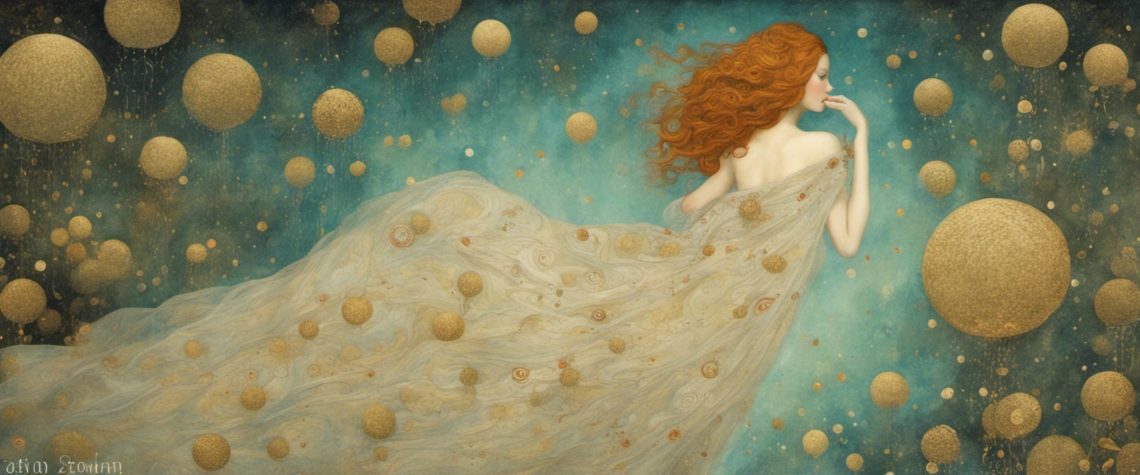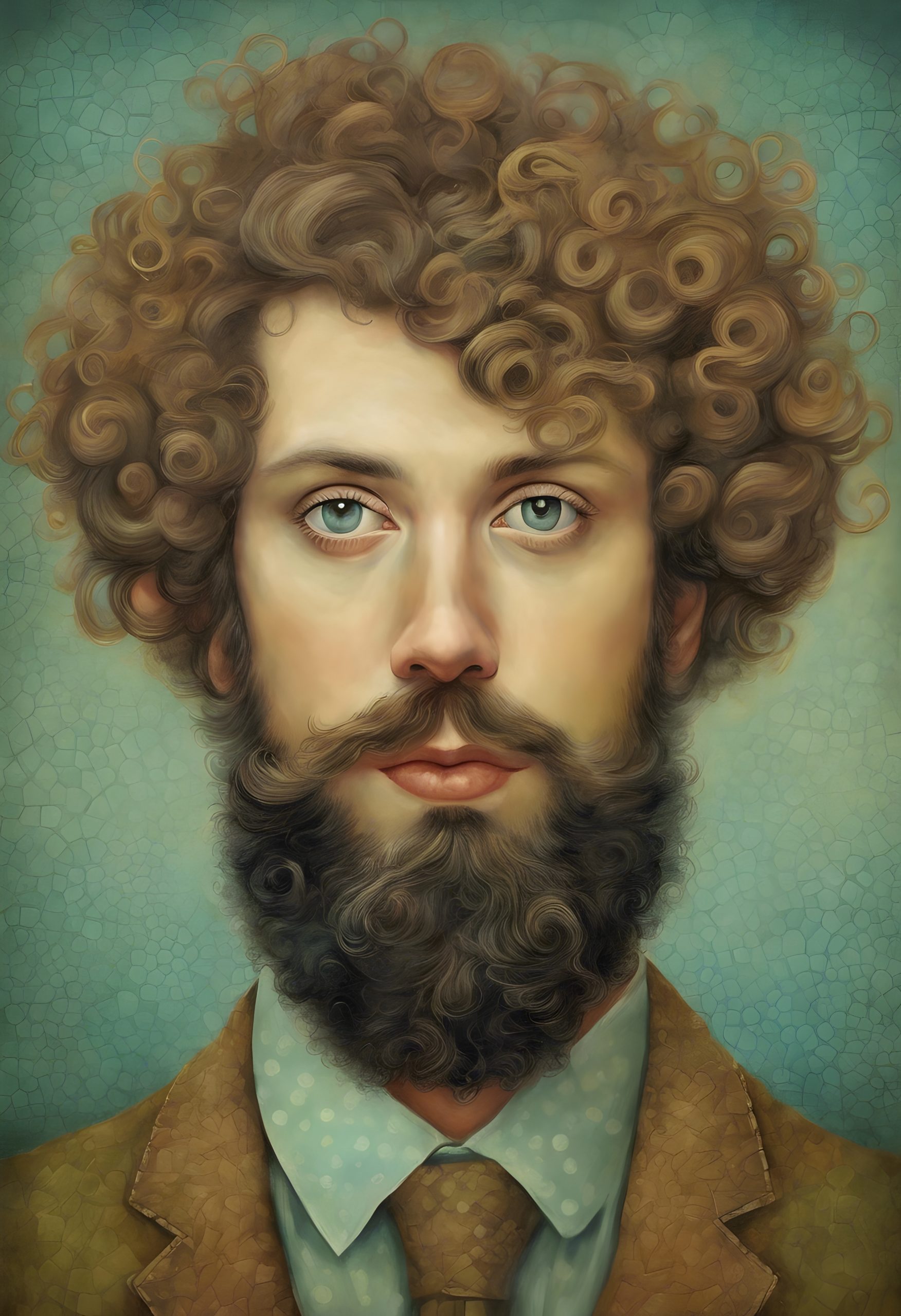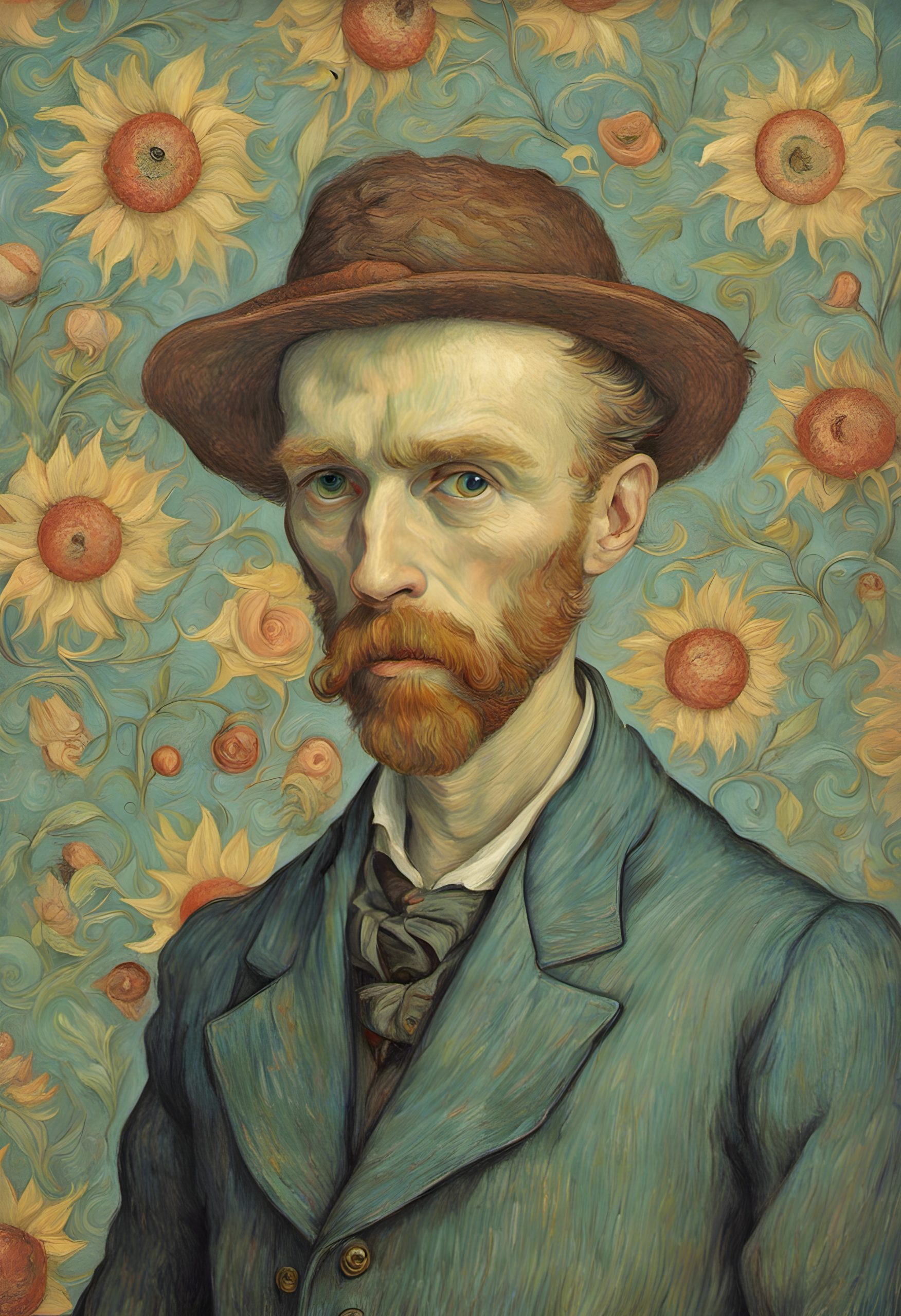This George Seurat art history lesson for kids introduces elementary-aged kids to the art of pointillism.
The featured art project is both beautiful and simple enough to do in one class period (or less than an hour, if you’re homeschooling!)
Who was George Seurat?
George Seurat was a 19th-century painter best known for his mastery of Pointillism.
Pointillism is a method of painting in which small, distinct dots of pure color are applied in patterns to form an image. George was captivated by the idea of using tiny dots to create a larger picture.
Early Life and Inspiration
Born in Paris, France, in 1859, George was drawn to art from a young age. He loved to observe the world around him and was always curious about how he could capture its beauty on canvas.
As a child, George spent hours exploring parks and bustling streets. He was fascinated by the play of light and shadow, and how it transformed ordinary scenes into something extraordinary. George’s curiosity led him to experiment with different techniques to express what he saw.
Discovering Pointillism
George was part of a movement of art called Post-Impressionism.
As George grew older, he became intrigued by the color theory and how our eyes perceive it. After experimenting with many techniques Pointillism ultimately became his signature style.
The Making of Masterpieces
George Seurat’s most famous painting, “A Sunday Afternoon on the Island of La Grande Jatte,” took him two years to complete. It’s a masterpiece that showcases his meticulous attention to detail and his mastery of Pointillism. In this painting, he depicts people relaxing in a park by the river, enjoying a sunny day. Each dot of color comes together to form a scene bursting with life and energy.
The Magic of Colors
One of the things that set George’s paintings apart was his understanding of color theory. He knew that by placing complementary colors next to each other, they would appear more vibrant. For example, he placed tiny dots of blue next to dots of yellow to make the colors seem brighter when viewed from a distance.
Capturing Moments in Time
George Seurat had a unique way of capturing moments in time. His paintings often depict scenes of everyday life, like people strolling in the park or relaxing by the sea.
He believed that art should reflect the world around us and evoke emotions in those who view it.
Legacy and Influence
Although George Seurat’s life was cut short—he passed away at the young age of 31—his impact on the art world was legendary.
His innovative use of color and technique inspired future generations of artists.
Painters like Vincent van Gogh and Paul Signac were influenced by his work and experimented with Pointillism in their own creations.
Through his paintings, he invites us to see the world in a different light, one filled with beauty, color, and endless possibilities.
As we admire his masterpieces, we can’t help but feel inspired to look closer, to appreciate the magic of each tiny dot, and to marvel at the wonders of the world around us.
Key Vocabulary
Color Theory: Understanding how colors interact and influence each other, crucial in art, design, and aesthetics.
Evoke: To bring forth or stir up emotions, memories, sensations, or responses through stimuli or experiences.
Innovative: Introducing new ideas or methods, original, creative, and pushing boundaries in various fields or disciplines.
Pointillism: A technique in painting where small, distinct dots of pure color are applied in patterns to form an image. George Seurat was a master of this technique.
Post-Impressionism: Art movement after Impressionism, emphasizing subjective expression, bold colors, and unconventional techniques.
Pointillism Art Project for Kids
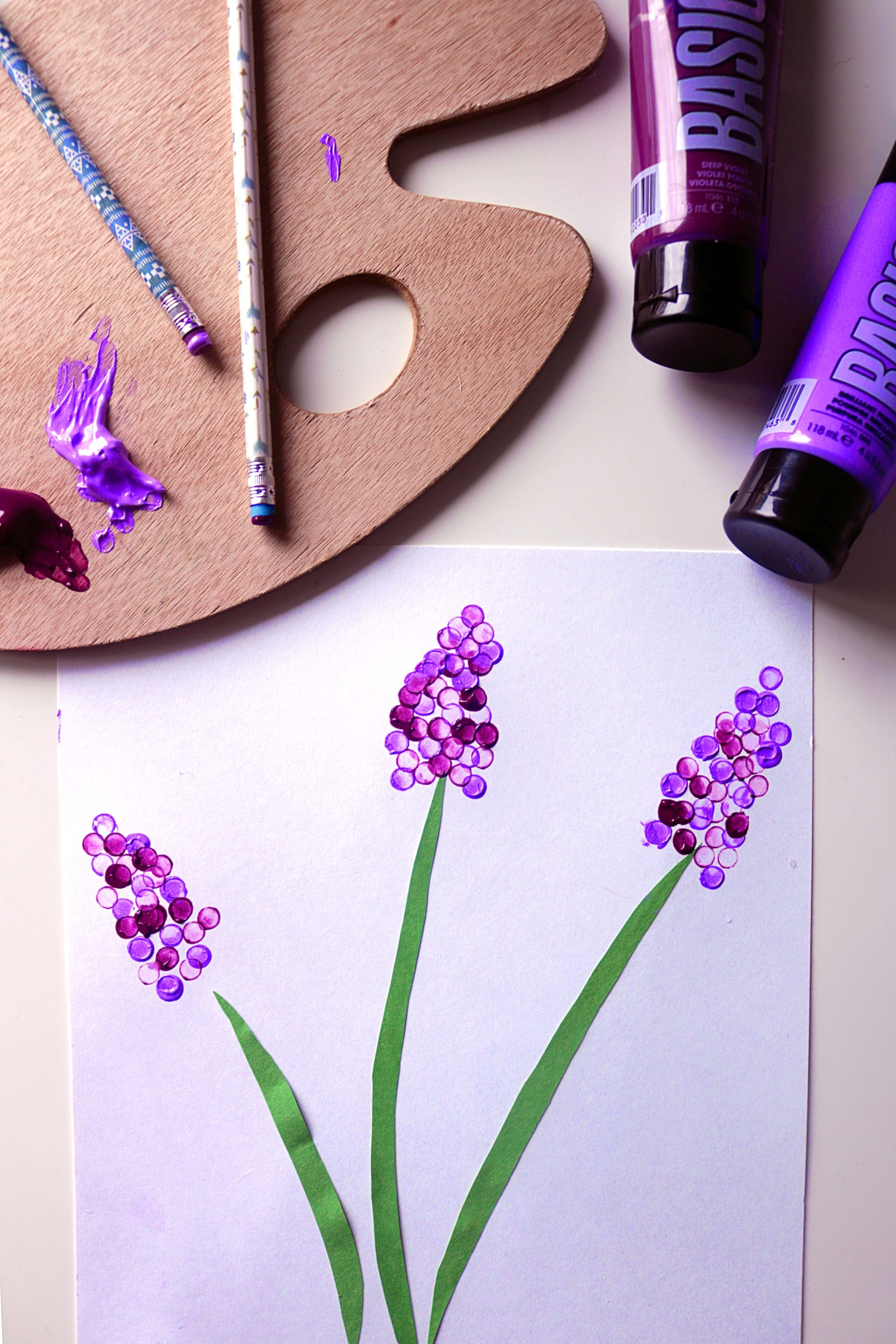
Materials
-scissors
-green construction paper
-purple paint in 2 shades (lighten or darken your purple by mixing white or black paint)
-1 or 2 pencils with unused erasers
-A sturdy piece of white poster board, card stock, or other canvas.
Step 1

Invite the kids to cut some green “stems” from the construction paper.
Encourage them to vary the length of the stems. An odd number of stems tends to look better than an even number.
Step 2
Glue green “stems” on the paper.
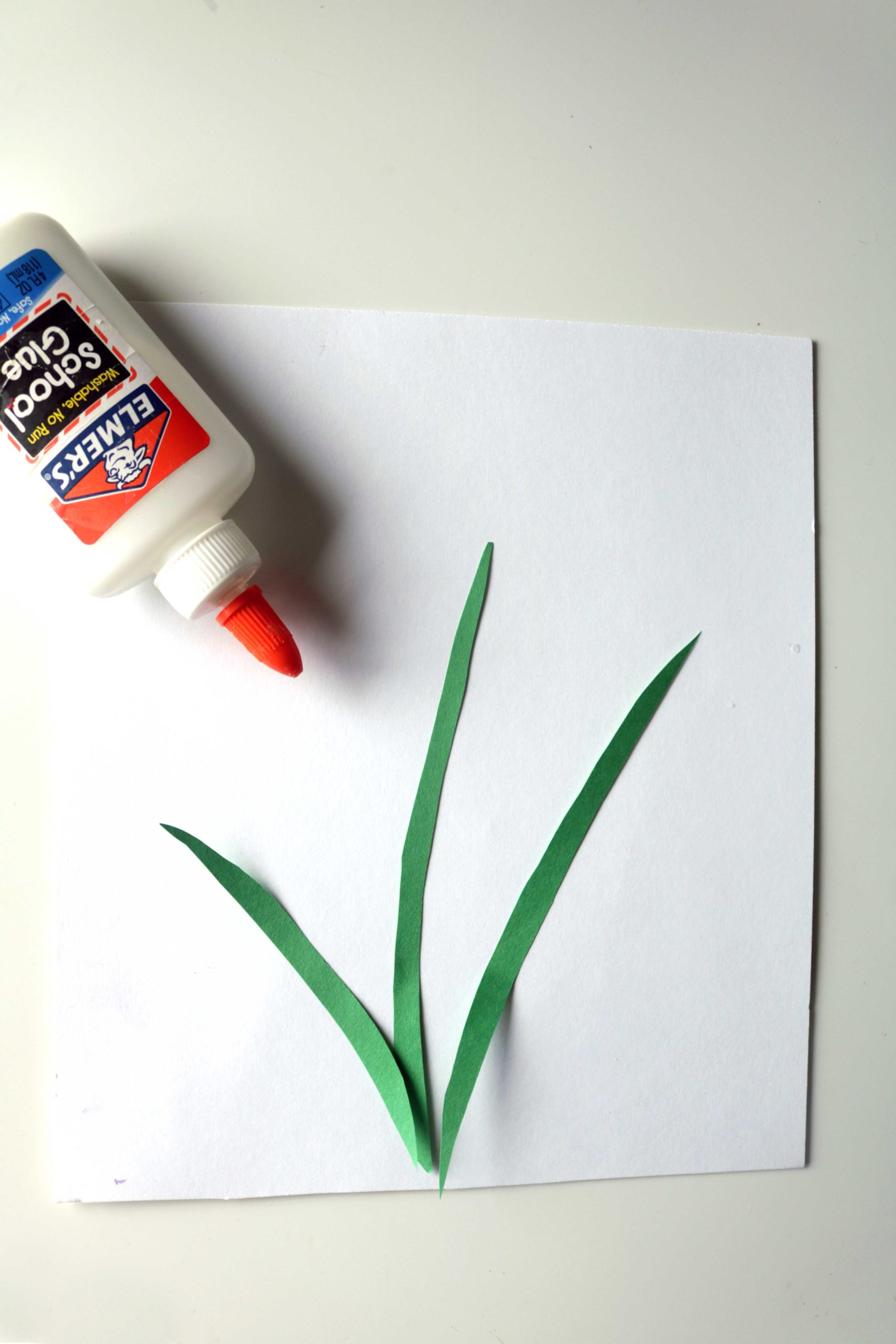
Step 3
Show the kids how to dip the end of a clean, unused pencil eraser in one shade of paint.
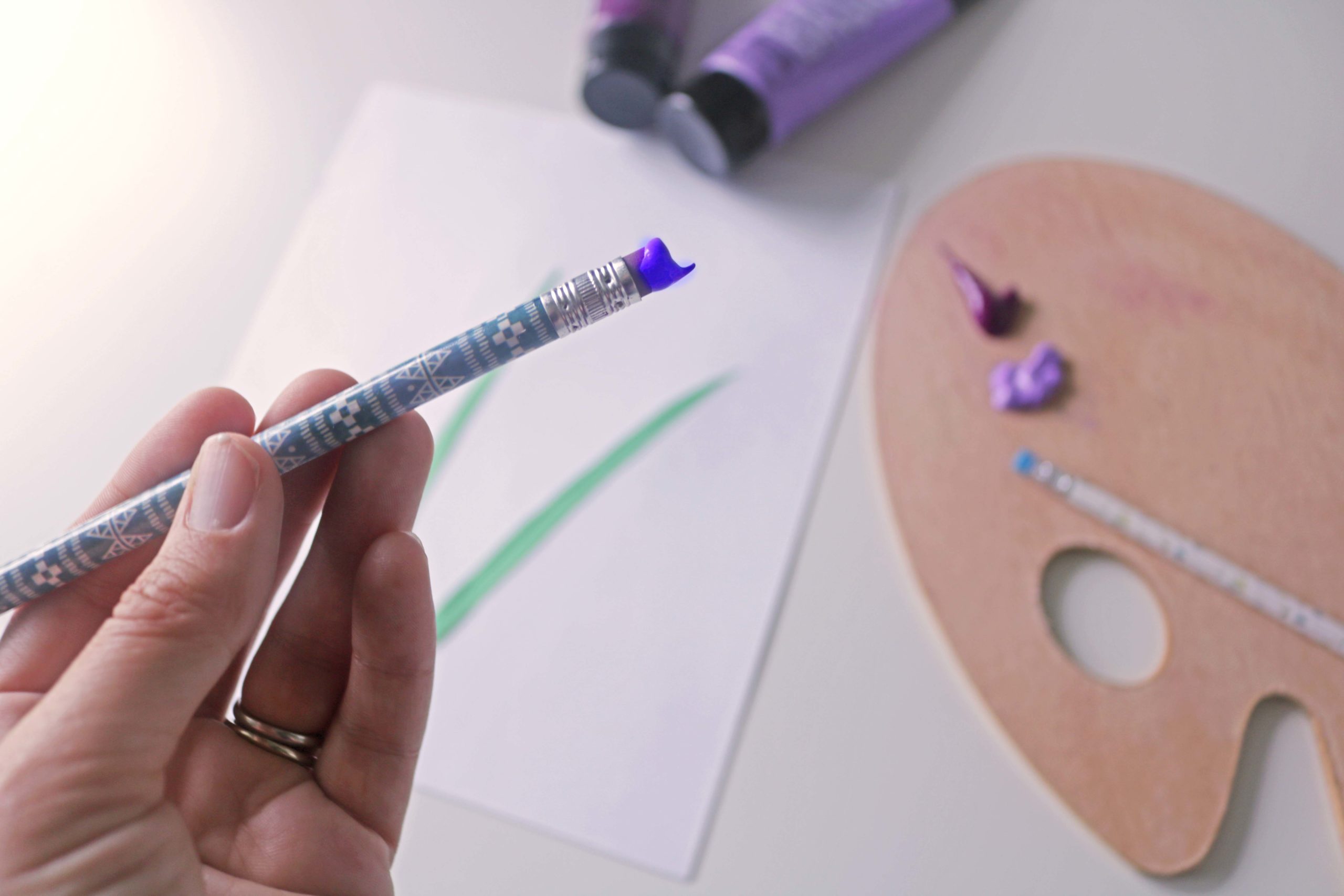
Step 4
Encourage the kids to make dots in the shape of a lavender flower. You can even show them a close-up photo of one to give them an idea.
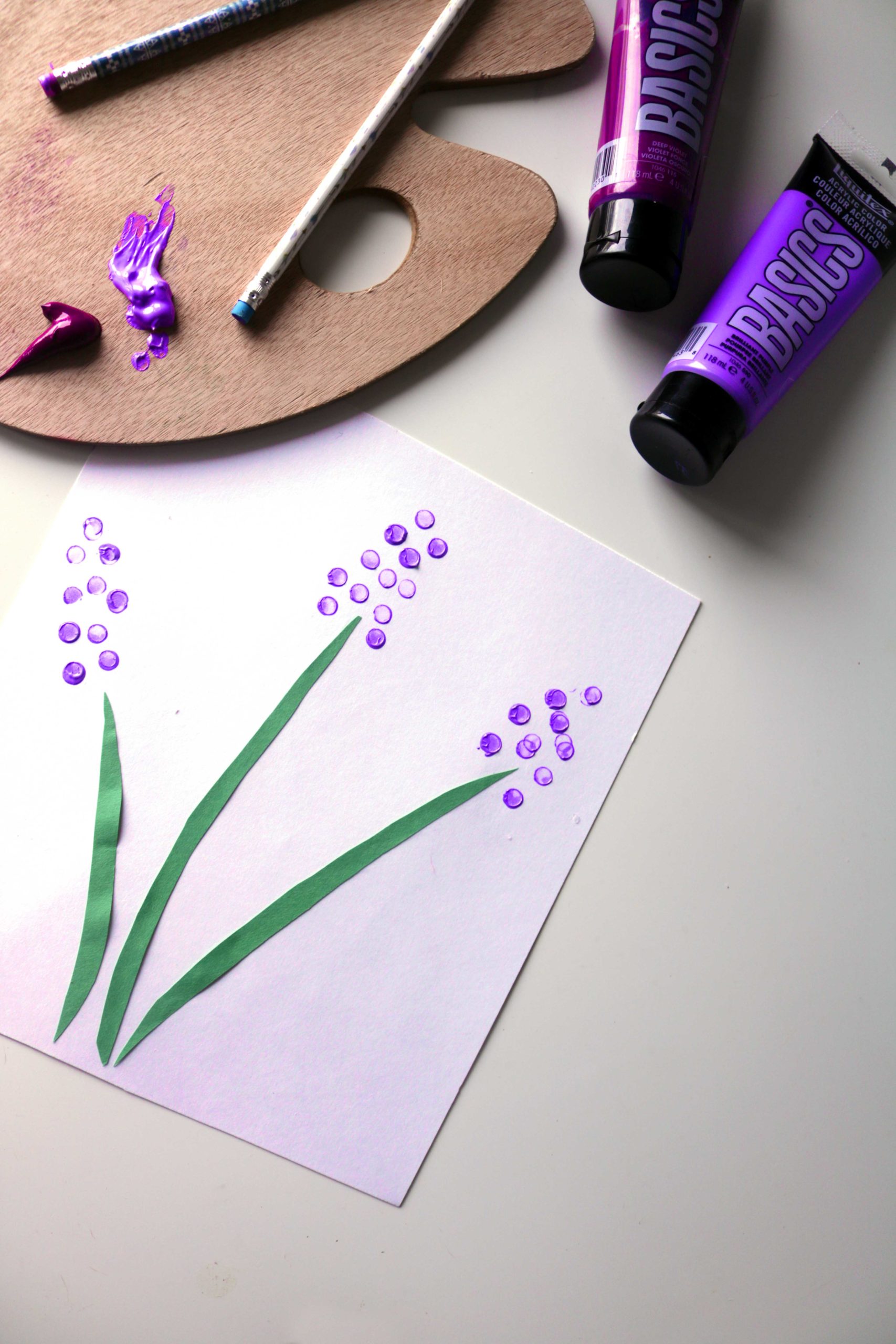
Step 5
For more depth and interest, switch colors and fill out the flowers.

Step 6
Display and enjoy!
